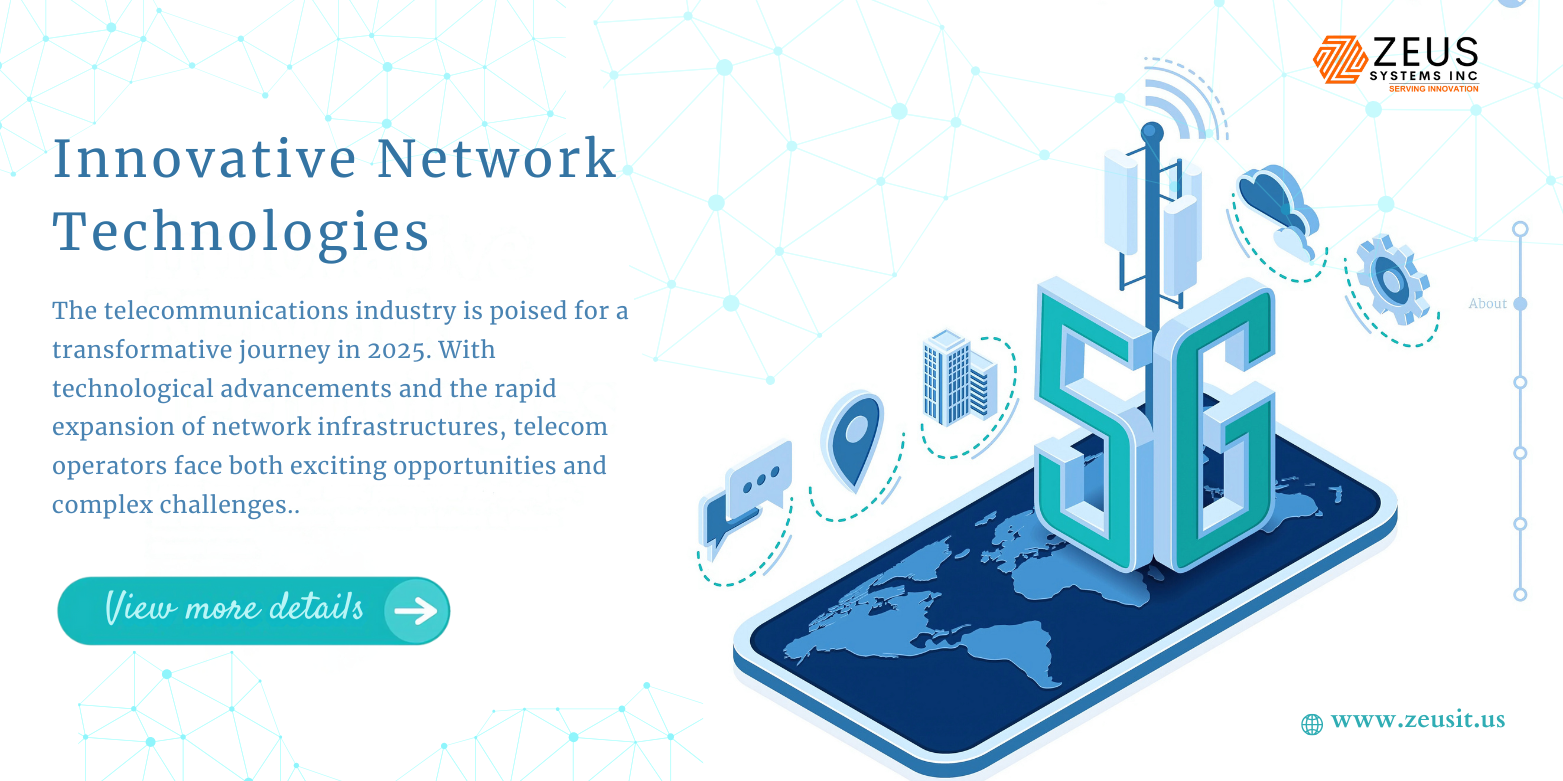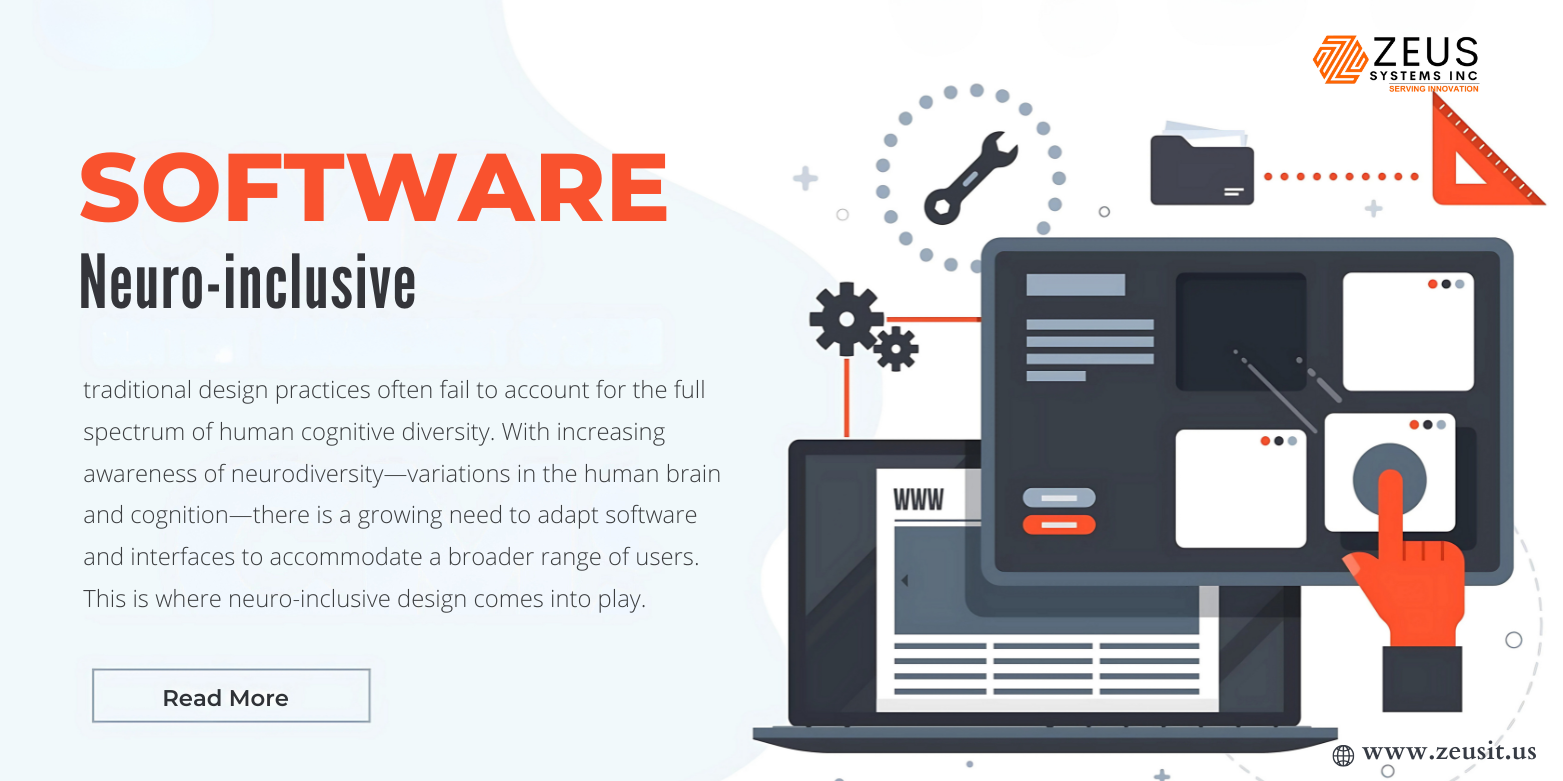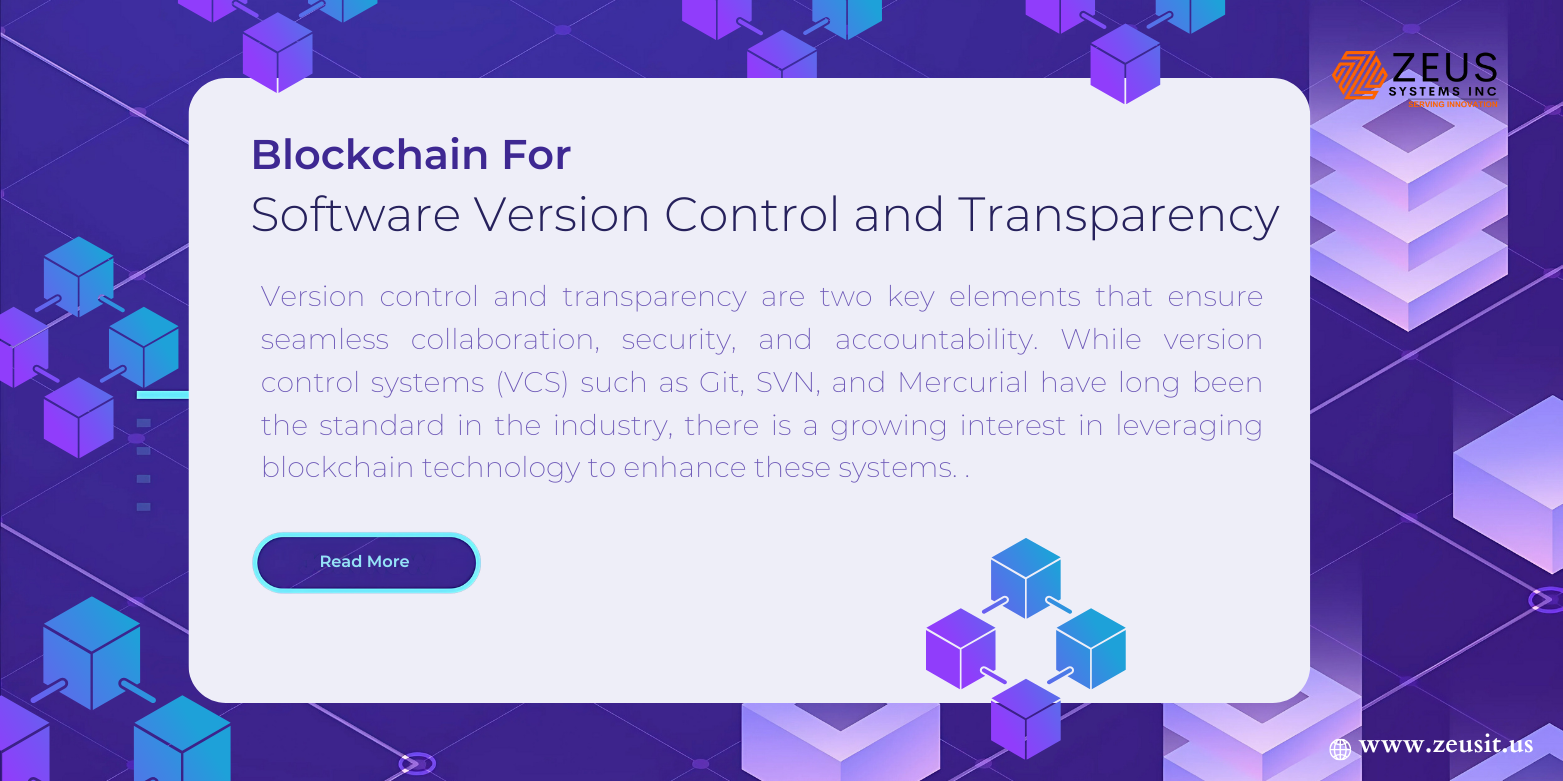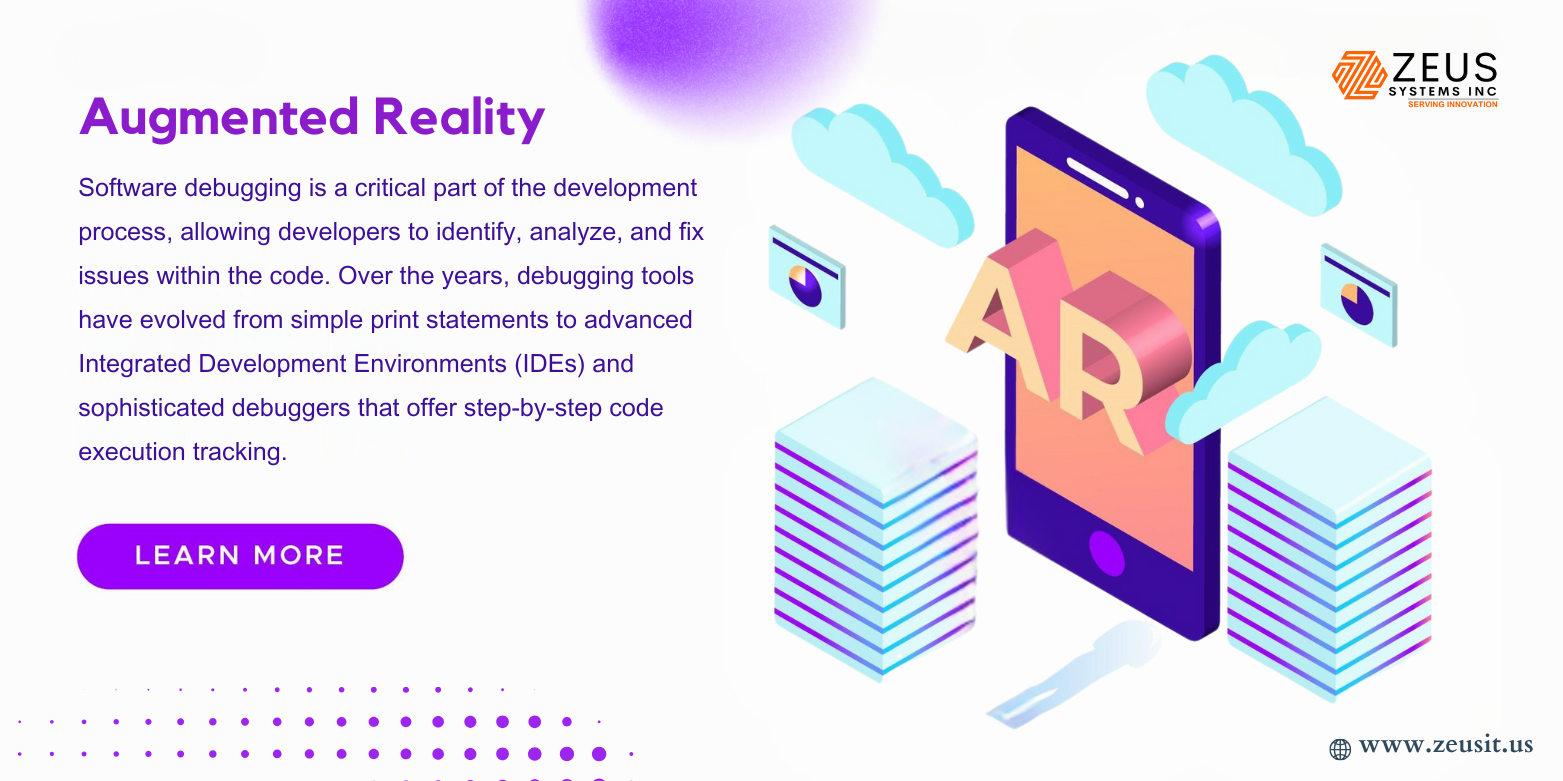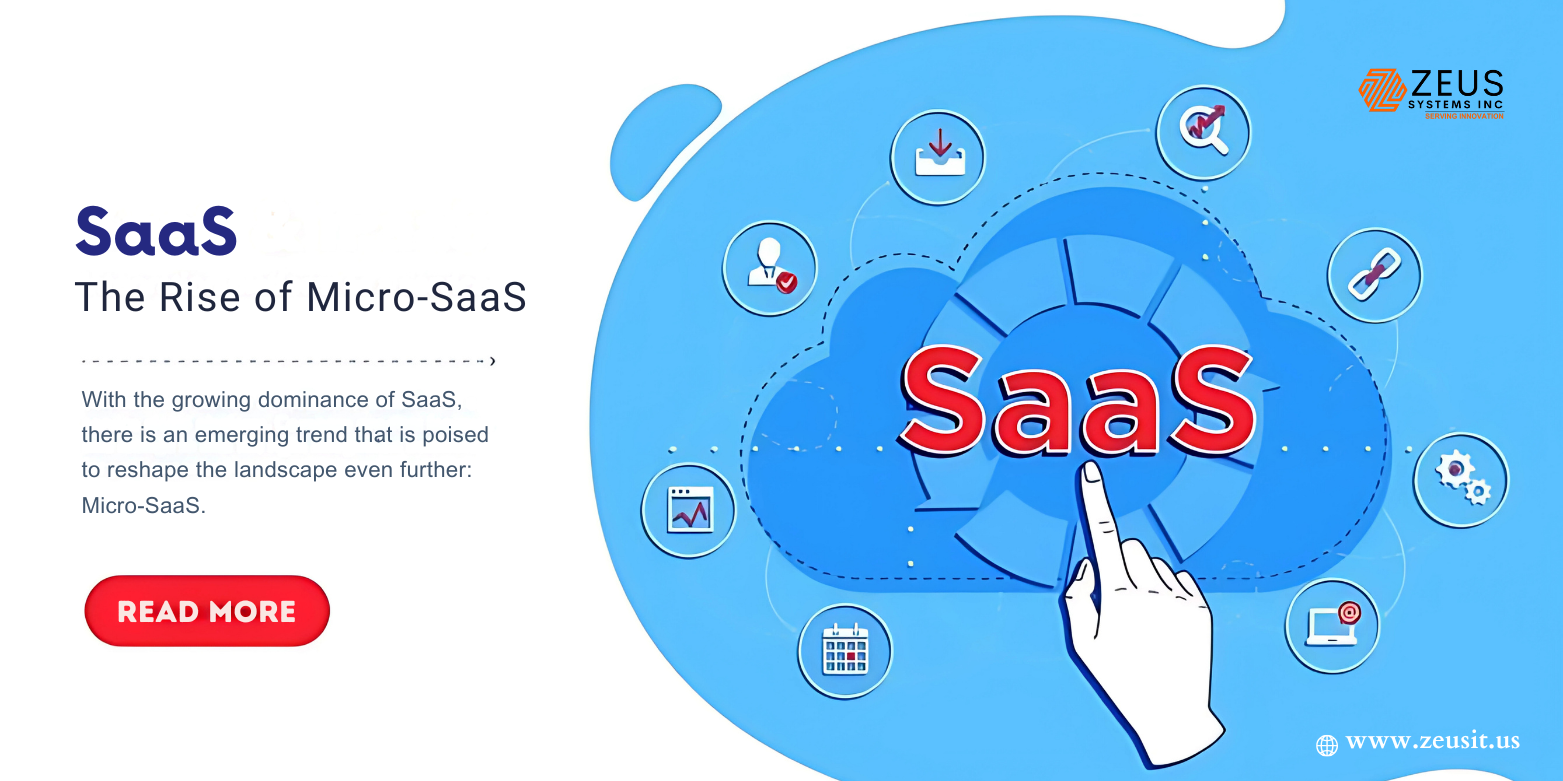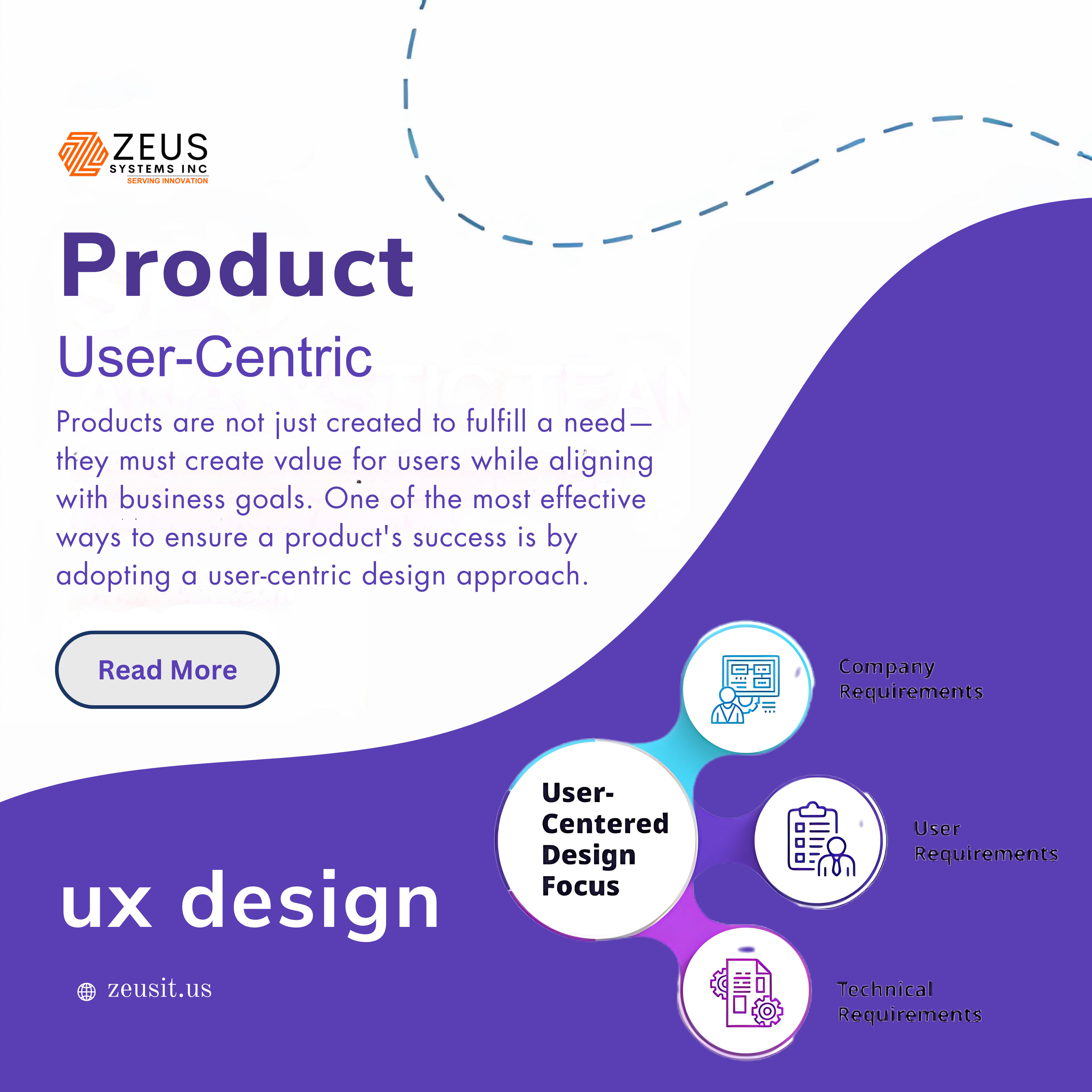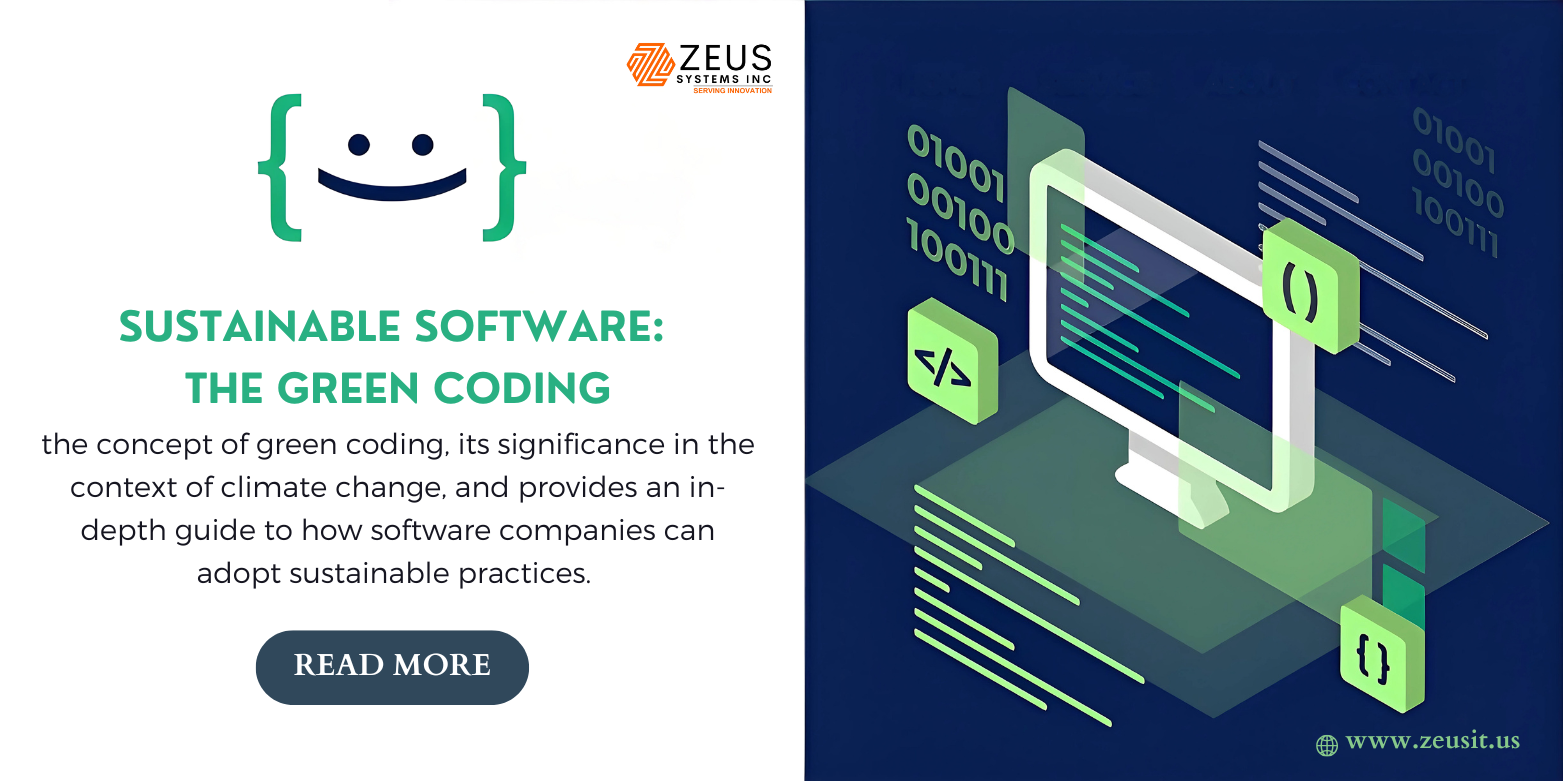The telecommunications industry is poised for a transformative journey in 2025. With technological advancements and the rapid expansion of network infrastructures, telecom operators face both exciting opportunities and complex challenges. As enterprise data consumption continues to surge, the industry must keep up with increasing demands while simultaneously striving to improve service reliability, support emerging technologies, and tackle global connectivity gaps. The telecom sector is particularly under pressure as it faces the complexities of 5G rollouts, the integration of AI-driven operations, and competition from alternative connectivity solutions like low Earth orbit (LEO) satellites.
This article explores the key priorities and innovations telecom companies must embrace in 2025 to stay ahead of the curve. These trends and strategies will not only enable telcos to address the evolving needs of the market but also position them for long-term growth and success in a highly competitive landscape.
1. Accelerating AI Adoption in Telecom
Artificial intelligence (AI) is no longer a futuristic concept for the telecom industry—it is an essential tool for driving efficiency, innovation, and growth. The telecom industry has been slow to fully embrace AI, but 2025 will mark a tipping point in its adoption. AI will increasingly power telecom operations, including customer service, network management, and predictive analytics. The industry’s focus on AI will be amplified by AI marketplaces, which have already become vital for speeding up AI deployment.
AI Marketplaces: A Game Changer
AI marketplaces act as curated platforms where telecom companies can access and deploy pre-built AI solutions. These platforms offer a significant advantage for telcos by enabling them to bypass the time-consuming and expensive process of developing in-house AI systems. Instead, operators can purchase ready-to-use tools that are optimized for specific functions, from customer service chatbots to predictive network maintenance solutions.
These AI marketplaces will likely expand in 2025, offering a wider variety of AI tools designed to improve everything from network operations to customer experience. These platforms provide a two-way ecosystem where telecom companies can not only purchase AI solutions but also share and sell their own innovations. By creating a collaborative environment, AI marketplaces will enable faster, more reliable deployment of AI tools across the telecom industry.
AIOps: Advanced Network Automation
The most significant AI-driven advancement for telecom operators will be the integration of AIOps—Artificial Intelligence for IT Operations—into these marketplaces. AIOps will revolutionize network management by enabling advanced automation and self-optimization capabilities. Key features of AIOps will include:
- Dynamic resource allocation: AIOps will use AI algorithms to allocate resources based on real-time demand, ensuring optimal network performance at all times.
- Self-healing networks: AI-powered systems will be able to detect and resolve network issues automatically, minimizing downtime and improving customer experience.
- Predictive maintenance: AI systems will analyze patterns in network performance data to predict when hardware or software is likely to fail, allowing operators to perform maintenance proactively.
By incorporating AIOps, telecom companies will reduce manual intervention, cut operational costs, and improve network reliability. These tools will be essential in maintaining the high quality of service demanded by both consumers and businesses as telecom networks become more complex and data-intensive.
DataOps and MLOps 2.0: Ensuring Success
While AI adoption promises significant benefits, it also introduces challenges, particularly in managing and validating data. For AI systems to operate effectively, they require high-quality, reliable data. Telecom operators must invest in robust DataOps and MLOps (Machine Learning Operations) frameworks to ensure the success of AI deployment. By integrating MLOps 2.0 principles—continuous integration, testing, and monitoring of machine learning models—telcos will be able to optimize their AI tools, ensuring that they remain effective in dynamic network environments.
The Human Element: AI for Workforce Transformation
AI tools will not only revolutionize telecom networks but also transform the workforce. Automation and AI integration will streamline routine tasks, allowing telecom employees to focus on more strategic, value-driven activities. This shift in the workforce will require telcos to invest in employee retraining programs to equip their teams with the skills needed to manage and interact with AI technologies.
2. Monetizing 5G: Delivering Industry-Specific Solutions
The rollout of 5G has been heralded as a game changer for the telecom industry, but to fully unlock its value, operators must focus on monetizing the technology through industry-specific solutions. While 5G promises faster speeds and improved connectivity, its real potential lies in enabling new use cases for industries such as manufacturing, healthcare, logistics, and transportation.
Tailored Applications for Key Sectors
To monetize 5G effectively, telecom operators must move beyond offering generic connectivity and focus on creating tailored solutions that meet the specific needs of various sectors. Industries such as manufacturing, logistics, and healthcare stand to benefit immensely from the capabilities of 5G, including low-latency communication, high-bandwidth data transfers, and the ability to support a vast number of connected devices.
For example, in the manufacturing sector, 5G can enable the creation of smart factories where real-time monitoring and automation can be achieved through connected sensors and IoT devices. In healthcare, 5G can enable remote surgeries and real-time patient monitoring, enhancing healthcare delivery in underserved regions.
5G Marketplaces: Unlocking New Business Models
Telecom companies will also benefit from leveraging 5G marketplaces, which will allow them to offer tailored applications to specific industries. These marketplaces will act as platforms where businesses can access specialized 5G services, further driving monetization opportunities. Through 5G marketplaces, telecoms can provide businesses with customizable solutions that align with their specific needs, whether it’s autonomous vehicle support, connected healthcare services, or industrial IoT.
Another important tool for 5G monetization will be network slicing. This technology allows telecom operators to create virtualized segments of the 5G network that can be tailored for specific use cases, guaranteeing high-quality service for each customer segment. Network slicing will enable operators to offer differentiated services to various industries, ensuring that enterprises receive the necessary network performance, security, and reliability.
The Role of APIs: Enabling Seamless Integration
For 5G services to operate effectively across industries, telecom operators will need to focus on integrating industry-standard APIs (application programming interfaces). APIs such as CAMARA, MEF, and TMF will play a pivotal role in ensuring that 5G applications can be easily integrated into existing enterprise systems, driving interoperability and collaboration between telecom operators and businesses across sectors.
3. Bridging the Global Connectivity Gap with LEO Satellites
Despite the rapid expansion of broadband networks, a significant portion of the world’s population remains without reliable internet access. Low Earth Orbit (LEO) satellite systems are emerging as a transformative solution to bridge the global connectivity gap. With major players like Starlink, Eutelsat-OneWeb, and Amazon’s Project Kuiper leading the charge, LEO satellites are poised to deliver high-speed, low-latency internet to remote and underserved regions.
The Promise of LEO Satellites
In 2025, LEO satellite constellations will expand rapidly, with Project Kuiper expected to launch commercial services and Starlink continuing to expand its reach. LEO satellites offer distinct advantages over traditional geostationary satellites, including lower latency and the ability to deliver internet services in hard-to-reach regions. This technology holds great promise for extending high-speed connectivity to remote areas that have been left out of the broadband revolution.
Hybrid Networks: Combining GEO and LEO
Telecom operators will increasingly turn to hybrid networks that combine both geostationary Earth orbit (GEO) and LEO satellites to deliver seamless connectivity. By integrating both satellite systems with traditional terrestrial networks, telecom operators will be able to provide a more robust and comprehensive service offering. This hybrid approach will enable telcos to enter new markets, increase their service coverage, and generate new revenue streams.
For example, telecom providers in remote regions will be able to deliver mobile connectivity to users who would otherwise have no access. Similarly, industries such as agriculture, mining, and forestry will benefit from improved connectivity, enabling real-time data sharing and remote monitoring.
4. The Rise of Autonomous Networks
As telecom networks become more sophisticated and complex, the demand for automation has grown exponentially. Autonomous networks, powered by AI and machine learning, will enable telecom operators to optimize their network management processes and improve operational efficiency.
AI-Driven Autonomous Operations
By 2025, many telecom operators will implement fully autonomous systems, powered by AI and ML, to manage their networks. Autonomous networks will be able to monitor and adjust network performance in real-time, identifying issues before they cause disruptions and optimizing traffic routing to prevent congestion. This automation will not only improve operational efficiency but also ensure that networks can scale rapidly to meet increasing demand.
AI-driven systems will also enable self-healing networks, allowing telecom operators to detect and resolve issues without human intervention. For example, if a network component fails, AI systems can identify the issue, re-route traffic, and alert technicians to make the necessary repairs.
Challenges and Sustainability Considerations
While the move toward autonomous networks offers clear benefits, there are challenges to overcome, including data quality, system integration, and energy consumption. AI and machine learning systems require vast amounts of energy to function, which could impact telecoms’ sustainability goals. Balancing automation with energy efficiency will be a key consideration for telecom operators in 2025.
5. Cloud-Native Networks and the Future of Telecom
As telecom companies continue to embrace cloud computing, the shift to cloud-native networks is set to revolutionize the industry in 2025. Cloud-native networks are designed to run across public cloud platforms, enabling telecom operators to scale more quickly, innovate faster, and reduce costs.
Virtualization and Software-Defined Networks (SDN)
Virtualized network functions (VNFs) and software-defined networking (SDN) will become the backbone of cloud-native networks, enabling telecom operators to offer more flexible and agile services. In a cloud-native environment, network functions can be deployed and scaled dynamically, allowing for faster service rollouts and more efficient use of resources.
AI and Edge Computing in the Cloud
AI and edge computing services will also increasingly migrate to the cloud in 2025. This will enable telecom operators to deliver optimized network performance, lower latency, and improve the quality of service for end users. With the rise of edge computing, data processing will take place closer to the user, ensuring faster response times and better overall network performance.
6. Sustainability as a Core Strategic Imperative
Sustainability is becoming a core priority for telecom companies in 2025. As the environmental impact of telecom networks becomes more apparent, operators must take steps to reduce their carbon footprint and improve energy efficiency.
Green Communications and Renewable Energy
Telecom operators will increasingly turn to renewable energy sources and energy-efficient infrastructure to power their networks. This includes adopting solar, wind, and other sustainable energy sources for network operations, as well as improving the energy efficiency of network hardware and cooling systems.
In addition to addressing environmental concerns, sustainability initiatives will also be driven by consumer demand. As awareness of climate change and environmental issues grows, more customers are choosing providers that prioritize sustainability in their operations. Telecom companies that embrace sustainability will not only contribute to a cleaner planet but also gain a competitive edge in the marketplace.
Conclusion
The telecom industry is undergoing a monumental transformation as it faces unprecedented demands for faster, more reliable, and more inclusive connectivity. In 2025, operators must embrace innovations such as AI, 5G monetization, LEO satellites, autonomous networks, and cloud-native technologies to stay ahead of the curve. By prioritizing these innovations, telcos can unlock new growth opportunities, meet the evolving needs of their customers, and position themselves for success in a rapidly changing market.
The path forward will not be without its challenges, but the telecom industry’s ability to adapt and innovate will ultimately determine its future. Through strategic partnerships, forward-thinking technologies, and a focus on sustainability, telecom companies can thrive in the next phase of digital transformation. The time to act is now—telecom companies must move swiftly to ensure they remain at the forefront of this exciting new era.

